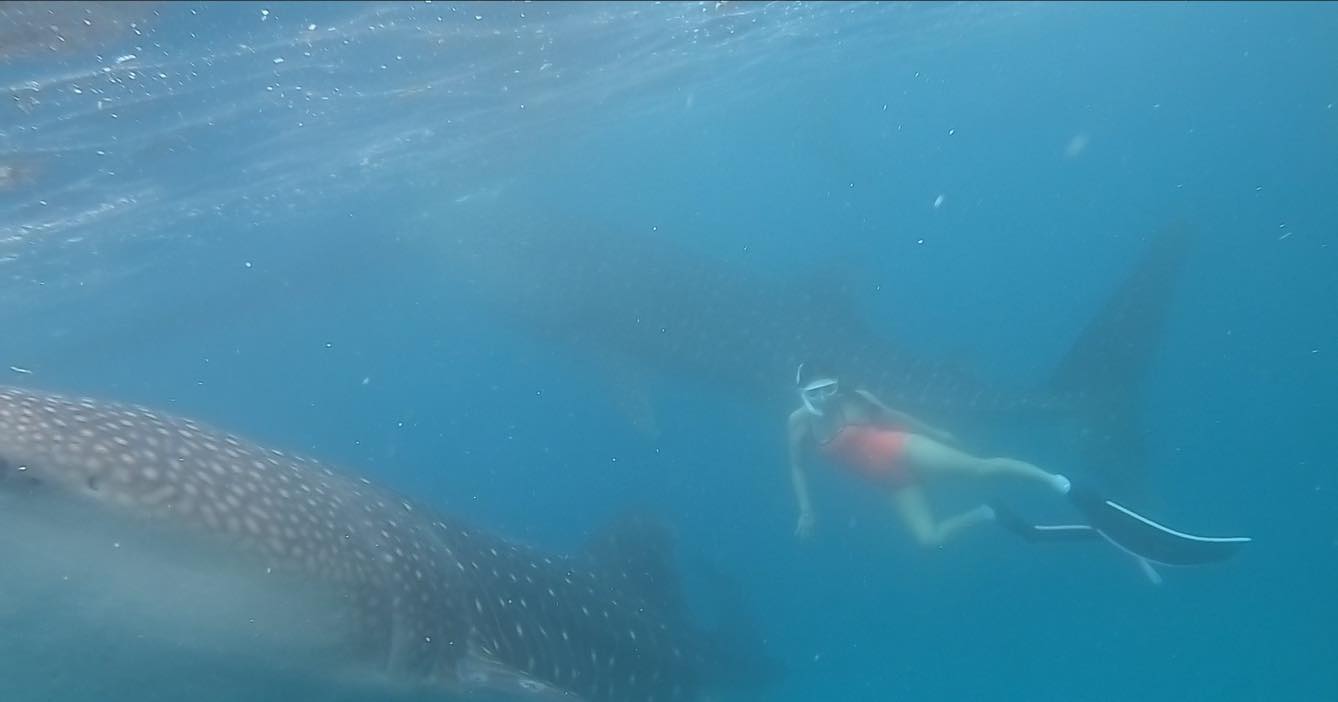A much in demand tourist activity in Bohol nowadays is dolphin and whale watching. Several species of whales and dolphins have made the waters south of Bohol as their home. The area is Bohol’s, if not one of the Philippines, main migration route for marine mammals and cetaceans.
In years past, the area has been the source of income for whale hunters. With the enforcement of laws on marine preservation though, hunting has stopped. Now, with the help of the tourism industry, the whalers have a new livelihood – guiding tourists on whale-watching trips.
The whaling boats, called canters, have been refitted. These boats are large outrigger boats and are 15 to 20 meters in length. Now these crafts have seats and roofing to provide comfort to tourists. Most of these outrigger boats can accommodate 5 to 7 passengers. Larger boats can accommodate more, even up to 15 passengers.
The sea around Pamilacan Island is where these whales and dolphins are often spotted. It is believed that the area is home to at least thirteen species of cetaceans. Bryde’s whales and sperm whales have been sighted. The Bryde’s whale is a massive plankton-eating baleen whale that can reach up to 15 meters while the sperm whale reaches up to 18 meters. The sperm whale, often the prime target of whalers the world over, is also considered as the largest predator.
These large whales are sometimes seen alone yet oftentimes have been observed to travel in groups of 20 or more. They sleep on the surface, breach, and pound the water with their giant flukes. These whales are not hunted much locally because of their size and reputation for fighting back and are the most commonly sighted large whale in the Philippines.
The area around Pamilacan Island is now a Marine sanctuary. The island is surrounded by a “fringing reef” and main marine species are starfish, seagrasses, crinoids, crown of thorns and cleaner wrasses.
All the whales and many of the dolphins are most active at night and during early morning so the best schedule for a dolphin and whale watching trip is at dawn. The best time to go on these trips begins in March until the onset of the rainy season in June or July. Tours though are dependent on weather and sea conditions.
Tour guides available are skilled spotters. They were the once avid whale hunters and have the uncanny abilities of locating the great creatures. They home in on them with a sighting rate of nearly 100%. Tourists are usually rewarded with a sighting of these resident dolphins and small whales which are found all year round.
Experienced and trained guides are a must so that proper procedures are followed to avoid unnecessary stress on the mammals. These mammals will continue to inhabit the waters if they are not much disturbed.

